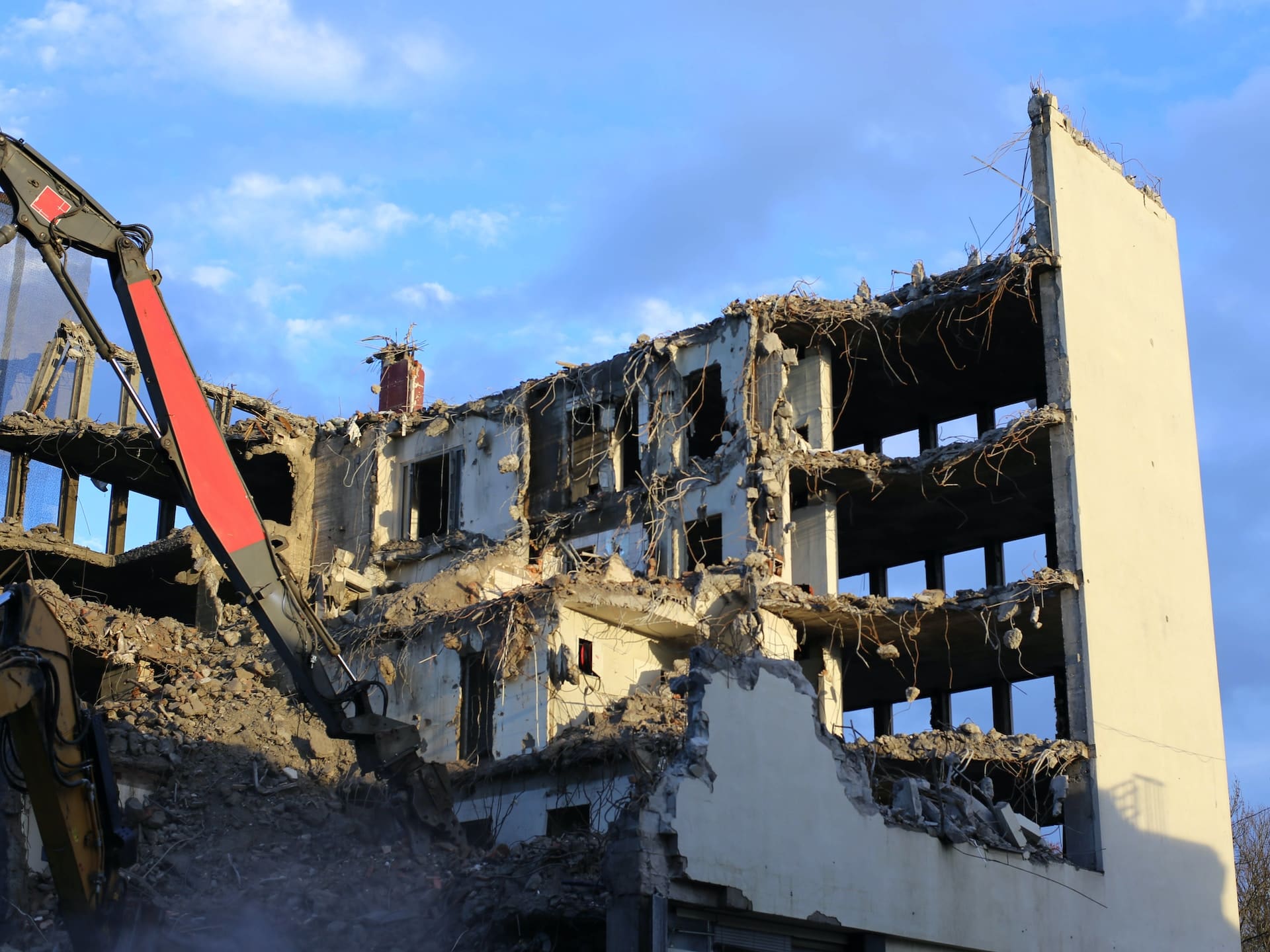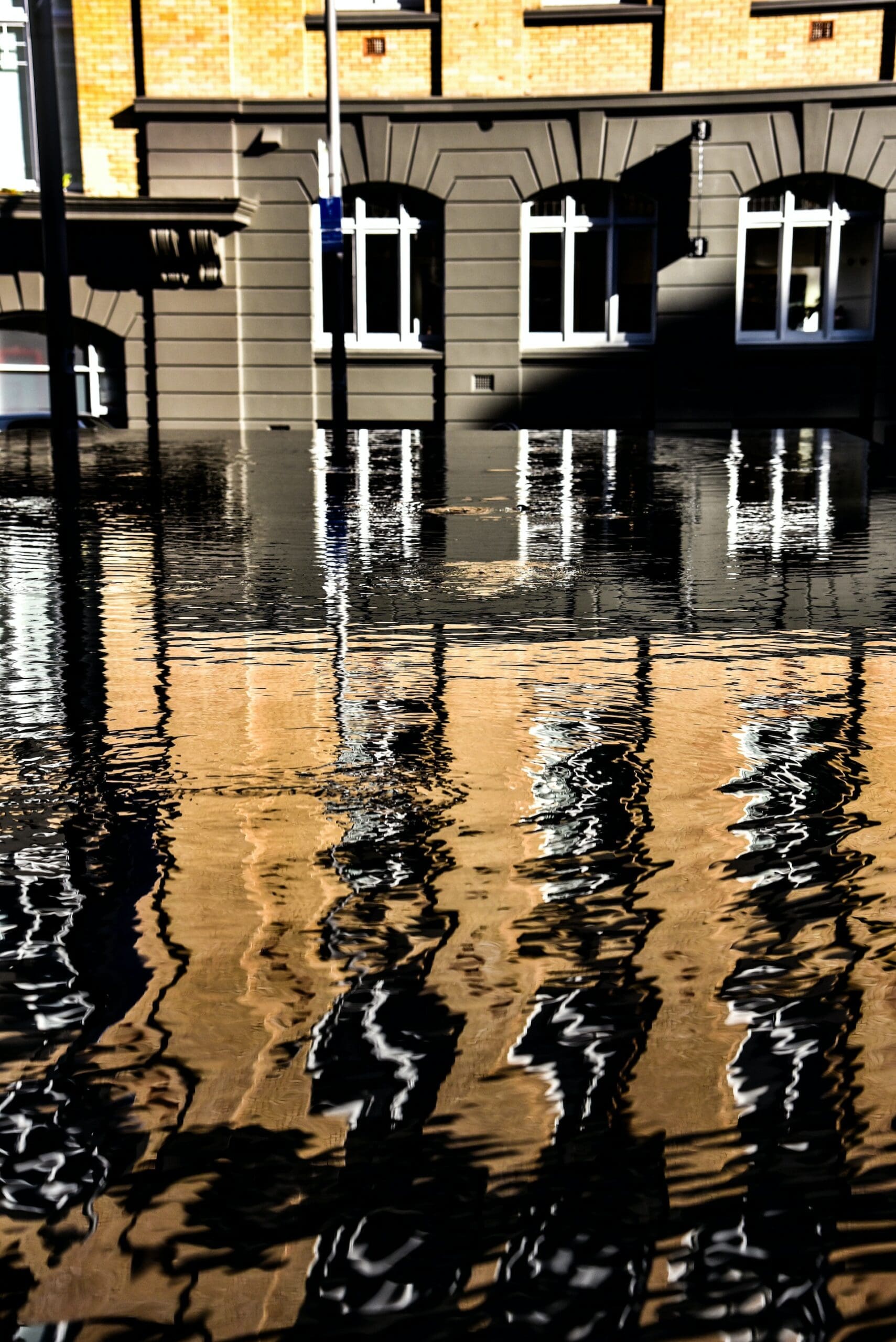Water mitigation is a critical process that aims to minimize the damage caused by water-related incidents such as floods, leaks, or burst pipes. It involves taking immediate action to remove excess water, dry the affected areas, and restore the property to its pre-loss condition. In this article, we’ll delve into the importance of water mitigation and highlight the key reasons why it should never be overlooked.
Prevents Further Damage
One of the primary reasons why water mitigation is crucial is that it helps prevent further damage to the property. When water infiltrates a building, it can quickly spread and seep into various materials, leading to structural issues, mold growth, and deterioration. By promptly addressing the water issue through mitigation, the extent of the damage can be minimized, saving property owners from costly repairs and potential health hazards.
Mitigates Health Risks
Water damage not only affects the structural integrity of a property but also poses significant health risks. Excessive moisture provides an ideal breeding ground for mold and bacteria, which can trigger allergies, respiratory problems, and other health issues. By implementing proper water mitigation techniques, including thorough drying and disinfection, the growth of harmful microorganisms can be controlled, ensuring a safe and healthy environment for occupants.
Preserves Belongings and Valuables
Water damage can wreak havoc on personal belongings and valuable items within a property. Furniture, electronics, documents, and sentimental objects are all susceptible to water-related destruction. Water mitigation aims to salvage and restore these items whenever possible, using specialized techniques such as drying, dehumidification, and careful cleaning. By acting swiftly and employing professional mitigation services, property owners can increase the chances of salvaging their cherished belongings.
Minimizes Restoration Costs
Delayed or inadequate water mitigation can significantly increase the overall restoration costs. The longer water remains stagnant and saturates materials, the more extensive the damage becomes. Mold growth, structural deterioration, and the need for extensive repairs can quickly escalate expenses. On the other hand, by promptly addressing water issues and implementing effective mitigation measures, property owners can minimize the extent of the damage and reduce overall restoration costs.
Enhances Insurance Coverage
Water-related incidents are commonly covered by insurance policies, but insurers often require proof of timely mitigation efforts before approving claims. By promptly initiating water mitigation and documenting the process, property owners can strengthen their insurance claims and improve the chances of receiving full coverage for the damages. Engaging professional water mitigation services can provide the necessary documentation and support needed to navigate the insurance claim process smoothly.
Conclusion
Water mitigation plays a vital role in safeguarding properties, preserving belongings, and ensuring the well-being of occupants. By understanding the importance of water mitigation and taking immediate action when water damage occurs, property owners can mitigate further damage, reduce health risks, and minimize restoration costs. Remember, when it comes to water damage, swift and effective mitigation is key.
As a new home owner, I couldn’t have asked for a better company. Lou and his team made my hard situation an easy and stress…Read More » a month ago via Google Alisha T We recently had major water damage in our home, affecting the entire kitchen, dining room, and basement. Louis from Upper Restoration showed up quickly, assessed…Read More » 2 months ago via Google Cathy Choi We recently sustained some damage to our roof and our central air system due to a storm. Upper Restoration had to open our ceiling to…Read More » 2 months ago via Google Chimere Luke I had the pleasure of working with Upper Restoration and their incredible team during a recent project for my home after a flood, and I…Read More » 8 months ago via Google Lewis James Lirosi


